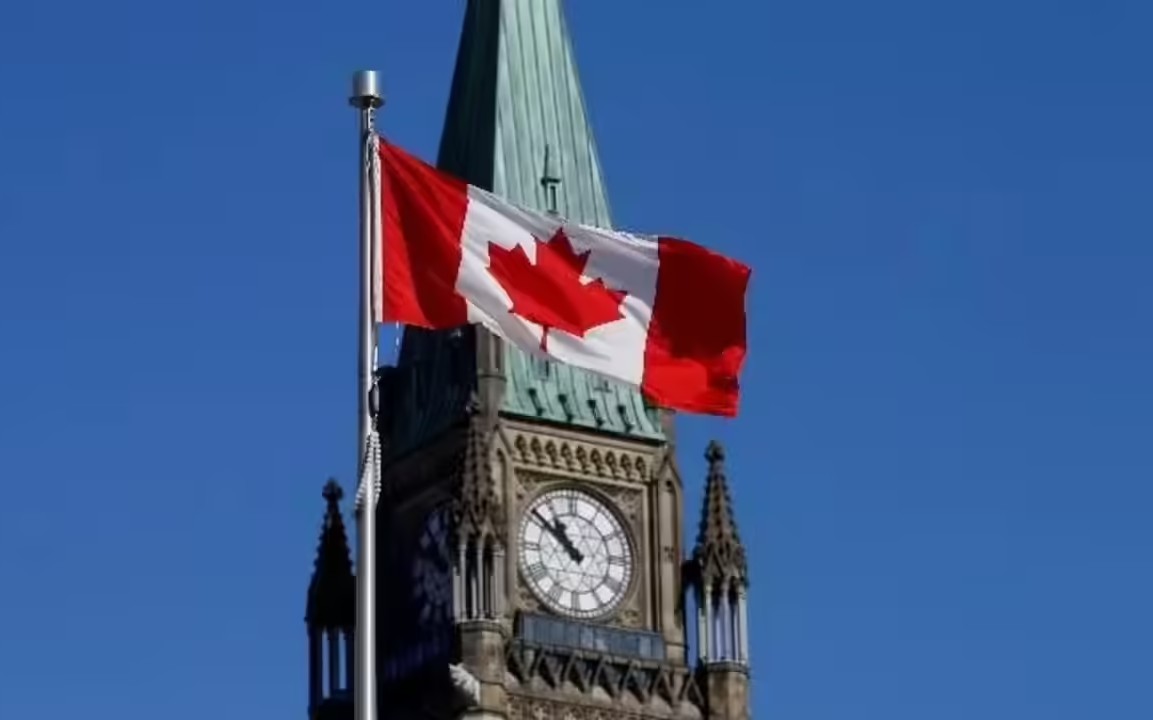 Image Source: SabhaSaar
Image Source: SabhaSaar
Key Highlights on the Revolutionary AI Tool for Panchayat Meeting Documentation
On the eve of India’s Independence Day 2025, the Ministry of Panchayati Raj (MoPR) launched SabhaSaar, an innovative Artificial Intelligence (AI)-powered tool designed to automatically generate structured minutes of meetings (MoM) from audio and video recordings of Gram Sabha and Panchayat sessions.
The launch event was graced by Union Minister of Panchayati Raj Shri Rajiv Ranjan Singh alias Lalan Singh and Union Minister of State Professor S.P. Singh Baghel in New Delhi, marking a major technological milestone in grassroots democracy.
SabhaSaar leverages cutting-edge AI and Natural Language Processing (NLP) technologies to transcribe spoken discussions, identify key decisions and action points, and produce well-formatted, readable meeting minutes.
The tool is integrated with Bhashini, the government’s National Language Translation Mission platform, currently supporting 13 Indian languages, ensuring broad accessibility and inclusivity across India’s extremely diverse linguistic landscape.
Tripura is set as the pilot state, with all 1,194 Gram Panchayats, including traditional local bodies, mandated to deploy SabhaSaar for preparing minutes of their Special Gram Sabhas scheduled on August 15, 2025.
Empowering Panchayats with Speed, Accuracy, and Transparency
For decades, Panchayat meetings have faced challenges related to manual minute-taking—often inconsistent, delayed, or incomplete—hindering effective governance and transparency. SabhaSaar aims to transform this by:
Automating the documentation process, saving hours spent on manual transcription and formatting.
Standardizing minutes across rural India, eliminating disparities and ensuring uniformity of records.
Allowing Panchayat officials to dedicate more time to governance, implementation of developmental schemes, and public service, rather than paperwork.
Enhancing transparency and accountability by making meeting outcomes easily accessible to community members and higher authorities.
Supporting participatory democracy by accurately capturing the voices and decisions of grassroots stakeholders.
How SabhaSaar Works: Technology Tailored for Grassroots Use
Audio or video recordings of Panchayat meetings are uploaded via authorized channels linked with existing government platforms such as e-GramSwaraj.
The AI-driven NLP engine transcribes the spoken content into text, automatically detects important agenda items, resolutions, and action points.
The tool formats the minutes into a structured document, highlighting decisions, tasks assigned, and timelines.
Multilingual capabilities powered by Bhashini provide transcription and translation in major Indian languages including Hindi, Bengali, Tamil, Telugu, Marathi, Gujarati, and English, with plans for further language addition.
Panchayat functionaries receive easy-to-review digital minutes that can be archived, shared, and submitted to relevant authorities without delay.
Nationwide Impact and the Road Ahead
India’s Panchayat system encompasses over 2.55 lakh village panchayats, vital engines of rural governance and development. With frequent meetings such as Gram Sabhas required at least four times a year, timely and reliable minutes are critical for enforcing community decisions and government schemes.
By mainstreaming SabhaSaar, the government envisions a quantum leap in digital governance at the grassroots, supporting the vision of a tech-enabled, efficient, and participatory democracy.
Following successful deployment in Tripura, plans are underway to expand SabhaSaar’s availability across all states and union territories, making it a nationwide standard tool.
The increased effectiveness and accessibility of Panchayat records align with the government’s broader Digital India and good governance objectives.
SabhaSaar complements the Panchayat Nirnay portal, which monitors real-time Panchayat meetings, enhancing data-driven decision-making and citizen engagement.
Challenges Addressed and Benefits Realized
Historically, Panchayats have grappled with uneven record-keeping due to literacy gaps, language diversity, and resource constraints. SabhaSaar’s multi-language AI support, integration with existing infrastructures, and user-friendly design address these barriers while:
Reducing errors and lost information in meeting documentation.
Speeding up report generation and dissemination to ensure quick follow-up on resolutions.
Enabling focus on governance quality rather than clerical overhead.
Encouraging greater public trust through timely publication of meeting outcomes.
Summary: Transforming Panchayat Governance with AI
SabhaSaar represents a landmark achievement in India’s journey towards harnessing Artificial Intelligence for governance at the grassroots level. By automating and standardizing the generation of meeting minutes, it enhances transparency, efficiency, and citizen participation in rural administration.
As India’s Panchayati Raj system embeds digital tools like SabhaSaar, the future of local governance promises to be smarter, more inclusive, and better equipped to serve millions at the village level—empowering democracy right where it matters most.
Sources: Ministry of Panchayati Raj Press Releases (PIB), The Hawk
Advertisement
Advertisement




